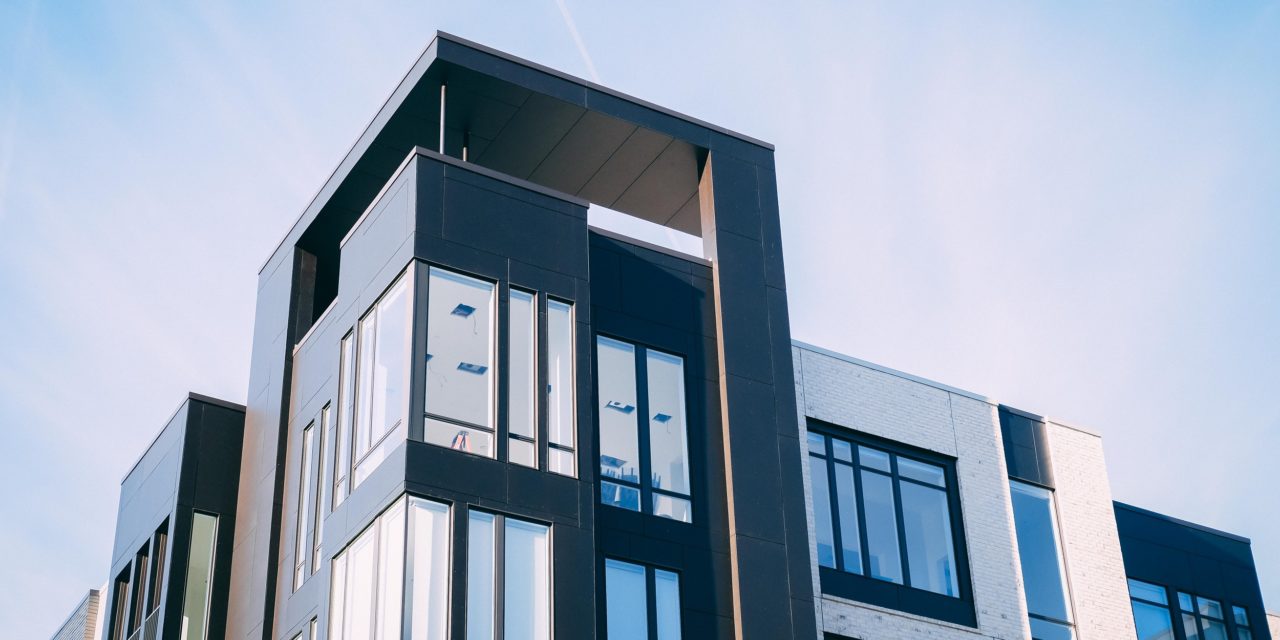Earlier this year, Congress finally passed legislation that corrects a drafting error related to real estate qualified improvement property (QIP). The correction is part of the Coronavirus Aid, Relief, and Economic Security (CARES) Act. The correction retroactively allows real property owners to depreciate QIP faster than before, either 100% the year the QIP is placed in service or over a 15-year period. The 100% bonus depreciation might sound a lot better, but in some cases 15-year depreciation will provide more tax savings in the long run.
Background
QIP is defined as an improvement to an interior portion of a nonresidential building that’s placed in service after the date the building was first placed in service. However, QIP doesn’t include any expenditures attributable to:
- The enlargement of the building,
- Any elevator or escalator, or
- The building’s internal structural framework.
When drafting the Tax Cuts and Jobs Act (TCJA) in 2017, members of Congress made it clear that they intended to allow 100% first-year bonus depreciation for QIP placed in service in 2018 through 2022. Congress also intended to give you the option of claiming 15-year straight-line depreciation for QIP placed in service in 2018 and beyond.
Due to a drafting error, however, neither first-year bonus depreciation for QIP nor 15-year straight-line depreciation made it into the actual statutory language of the TCJA. The only way to fix the mistake was to make a so-called technical correction to the statutory language.
Error Fixed
Because the CARES Act made that correction, QIP is now included in the Internal Revenue Code’s definition of 15-year property. In other words, it can be depreciated over 15 years for federal income tax purposes.
In turn, that classification makes QIP eligible for first-year bonus depreciation. So, real estate owners can now claim 100% first-year bonus depreciation for QIP placed in service in 2018 through 2022.
The technical correction has a retroactive effect for QIP that was placed in service in 2018 and 2019. Before the correction, QIP placed in service in those years generally had to be treated as nonresidential real property and depreciated over 39 years using the straight-line method.
15-Year vs. Bonus Depreciation
Claiming 100% first-year bonus depreciation for QIP expenditures makes sense if your primary objective is to minimize taxable income for the year the QIP is placed in service. But should that be your primary objective? Here are three reasons you might choose to depreciate QIP over 15 years, rather than claim 100% first-year bonus depreciation:
1. You may qualify for a lower tax rate on any gain from depreciation.
When you sell property for which you’ve claimed 100% bonus depreciation for QIP expenditures, any taxable gain up to the amount of the bonus depreciation is treated as higher-taxed ordinary income rather than lower-taxed long-term capital gain. Under the current federal income tax regime, ordinary income recognized by an individual taxpayer can be taxed at rates as high as 37%.
In contrast, if you depreciate QIP over 15 years using the straight-line method, the current maximum individual federal rate on long-term gain attributable to that depreciation is “only” 25%. The gain is so-called “unrecaptured Section 1250 gain,” which is basically a special category of long-term capital gain. Higher income individuals may also owe the 3.8% net investment income tax on both ordinary income gain and long-term gain attributable to real estate depreciation.
The point is, claiming 100% bonus depreciation for QIP expenditures on a property can cause a higher tax rate on part of your gain when you eventually sell the property. Of course, if you don’t anticipate selling for many years, this consideration is less important.
2. Depreciation deductions may be more valuable in future years.
When you claim 100% first-year bonus depreciation for QIP expenditures, your depreciation deductions for future years are reduced by the bonus depreciation amount. If tax rates go up (or you end up in a higher tax bracket), you’ve effectively traded more valuable future-year depreciation write-offs for a less-valuable first-year bonus depreciation write-off. Of course, there’s no certainty about where future tax rates are headed.
3. Claiming 100% bonus depreciation may lower your deduction for qualified business income (QBI) from a pass-through entity.
Under the Section 199 deduction, sole proprietors and individual taxpayers who own pass-through entities, such as partnerships, S corporations, and limited liability companies treated as sole proprietorships, partnerships or S corporations for tax purposes, can claim a federal income tax deduction for up to 20% of QBI from the business activity. However, the Sec. 199 deduction from an activity can’t exceed 20% of net income from that activity for the year, calculated before the Sec. 199 deduction.
Net income from the activity of renting out nonresidential property will usually count as QBI. But claiming 100% first-year bonus depreciation for QIP expenditures for the property will lower the net income and potentially result in a lower Sec. 199 deduction.
In addition, the Sec. 199 deduction for a year can’t exceed 20% of your taxable income for that year, calculated before the Sec. 199 deduction and before any net capital gain (net long-term capital gains in excess of net short-term capital losses plus qualified dividends). So, moves that reduce your taxable income — such as claiming 100% bonus depreciation for QIP expenditures — can potentially have the adverse side effect of reducing your allowable Sec. 199 deduction.
The Sec. 199 deduction may be a use-it-or-lose it proposition, because it’s scheduled to expire after 2025. And it could disappear sooner, depending on political developments. If you forgo claiming bonus depreciation, your Sec. 199 deduction may be higher — and the foregone depreciation isn’t lost. You’ll just deduct it in later years when write-offs also might be more valuable because tax rates are higher.
Amended Return Opportunity
It’s also important to keep in mind that the CARES Act’s technical correction retroactively affects how you can depreciate QIP that was placed in service in 2018 and 2019. So, you may benefit from amending your 2018 or 2019 federal income tax returns already filed.
Contact your HM&M tax advisor to determine the right course of action based on your situation.
Contact UsLatest News
On June 9, the IRS released Announcement 2022-13, which modifies Notice 2022-3, by revising the optional standard mileage ...
At the tail end of 2021, the Internal Revenue Service (IRS) released new Schedules K-2 and K-3 effective ...
This information is current as of Sunday, November 21, 2021. On Friday, November 19, 2021, after the Congressional ...
HM&M Updates
Last month, Senior Manager, Pearl Balsara was invited to speak at the 2023 FPA DFW Annual Conference in ...
We are pleased to announce the winners of the 2022 HM&M Excellence Awards. Ronna Beemer, Keith Phillips, and ...
Huselton, Morgan and Maultsby is composed of a spectacular team of individuals. During our annual What’s Happening Meeting, ...









